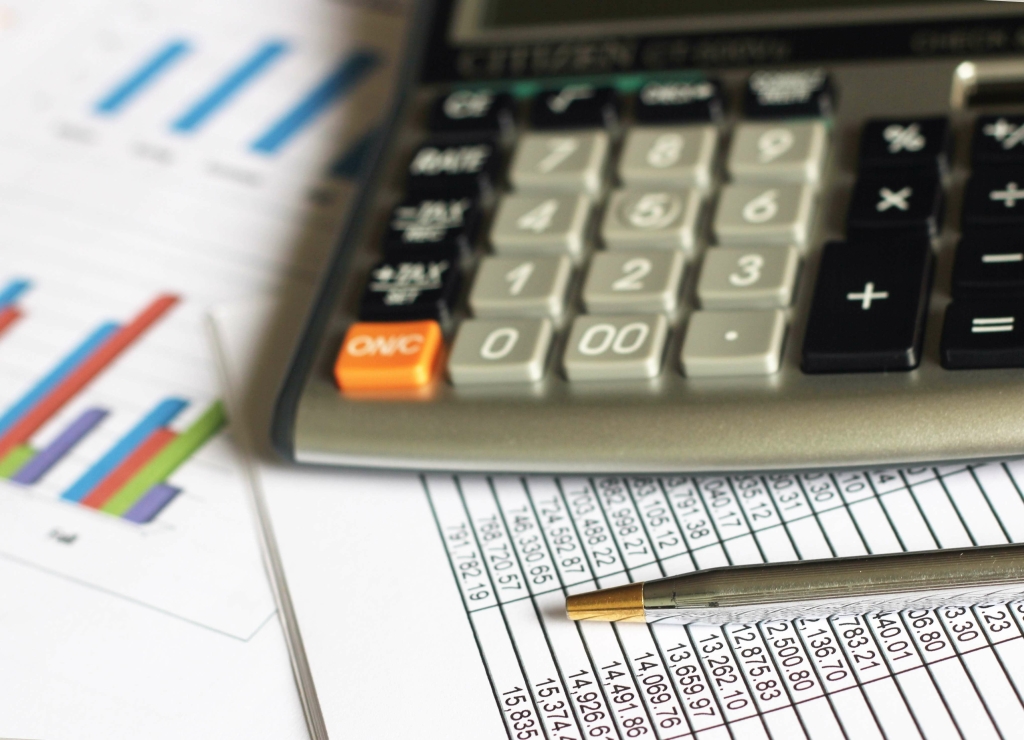
Past performance, while not an infallible predictor, offers invaluable insights. By delving into historical data, businesses can trace the trajectory of their gross margin. While high revenue can be a sign of flourishing sales, it’s the interplay between revenue and costs that truly defines a company’s financial health. It’s the top line on the income statement and sets the stage for gross margin calculations. For example, if the gross margin is decreasing, it could mean the cost of production has grown, or the company has offered more discounts recently. Gross profit is revenues minus cost of goods sold, which gives a whole number.
Cost of Goods Sold (COGS)
If you can generate more profit per sales dollar, your business can be more profitable. Meanwhile, return ratios measure how well your company is generating a return for shareholders. Gross margin is the amount or percent before subtracting the selling, general and administrative, and interest expenses. Profit margin is the amount or percent after the selling, general and administrative, and interest expenses are subtracted. For example, a chain of grocery stores many have a gross margin of 20%, but its profit margin may be 1% (of net sales).
Everything You Need To Master Financial Modeling

These help businesses identify activities that generate value and eliminate those that don’t contribute meaningfully to the bottom line. Find industry-standard metric definitions and choose from hundreds of pre-built metrics. Connect to hundreds of services and APIs directly and build highly customizable dashboards and reports for your team and clients. One of the most important small business accounting tasks any small business owner should be doing is using various calculations that provide insight into how your business is performing financially. When you buy in bulk, you pay less on average per item, which further decreases expenses and increases the profit made on each sale.
- Free cash flow assumes that you’ll set aside working capital for business operations, which is why you subtract the balance from the cash flow total.
- But keep in mind that some industries have seasonal fluctuations in profitability.
- Today, companies need to make GPU buying decisions months ahead of demand in order to ensure there’s enough supply.
- If you purchase in bulk, are there any discounts you can take advantage of?
- Gross profit is revenue less the cost of goods sold and is expressed as a dollar figure.
- By delving into historical data, businesses can trace the trajectory of their gross margin.
- A company’s profit is calculated at three levels on its income statement, each with corresponding profit margins calculated by dividing the profit figure by revenue and multiplying by 100.
Why is Gross Margin calculated?
Simply divide the $50 million gross profit into the sales of $150 million and then multiply that amount by 100. If Company ABC finds a way to manufacture its product at one-fifth of the cost, gross margin accounting it will command a higher gross margin due to its reduced cost of goods sold. To compensate for its lower gross margin, Company XYZ decides to double its product price to boost revenue.

- These methods produce different percentages, yet both percentages are valid descriptions of the profit.
- Conversely, a decrease in demand might necessitate discounts or promotions, which can depress the margin.
- Any other operating expense or indirect costs such as taxes, rent, insurance, and professional services.
- From raw material costs to direct labor, COGS offers a microscopic view of the expenses incurred in bringing a product or service to market.
- She has several different lines of clothing and has proven to be one of the most successful brands in her space.
Profit margin is one of the simplest and most widely used financial ratios in corporate finance. A company’s profit is calculated at three levels on its income statement, each with corresponding profit margins calculated by dividing the profit figure by revenue and multiplying by 100. To calculate operating profit margin, subtract the cost of goods sold (COGS), operating expenses, depreciation, and amortization from total revenue. You then express the result as a percentage by dividing by total revenue and multiplying by 100, similar to gross and net profit margins. New companies should expect their gross profits to be several percentage points lower than established companies in the same industry.
What Is a Good Net Profit Margin?
The gross profit margin can be used by management on a per-unit or per-product basis to identify successful vs. unsuccessful product lines. The operating profit margin is useful to identify the percentage of funds left over to pay the Internal Revenue Service and the company’s debt and equity holders. This example illustrates the importance of having strong gross and operating profit margins. Weakness at these levels indicates that money is being lost on basic operations, leaving little revenue for debt repayments and taxes. The healthy gross and operating profit margins in the above example enabled Starbucks to maintain decent profits while still meeting all of its other financial obligations. The Gross Margin Ratio, also known as the gross profit margin ratio, is a profitability ratio that compares the gross margin of a company to its revenue.

- It looks at a company’s gross profit compared to its revenue or sales and is expressed as a percentage.
- Gross profit margin is the profit a company makes expressed as a percentage.
- So restaurant A is earning a higher return on the same $300,000 investment in assets.
- Comparing these two ratios will not provide any meaningful insight into how profitable McDonalds or the Bank of America Corporation is.
For the past 52 years, Harold Averkamp (CPA, MBA) has worked as an accounting supervisor, manager, consultant, university instructor, and innovator in teaching accounting online. Shaun Conrad is a Certified Public Accountant and CPA exam expert with a passion for teaching. After almost a decade of experience in public accounting, he created MyAccountingCourse.com to help people learn accounting & finance, pass the CPA exam, and start their career. This means the goods that she sold for $1M only cost her $350,000 to produce. Now she has $650,000 that can be used to pay for other bills like rent and utilities. Access and download collection of free Templates to help power your productivity and performance.


